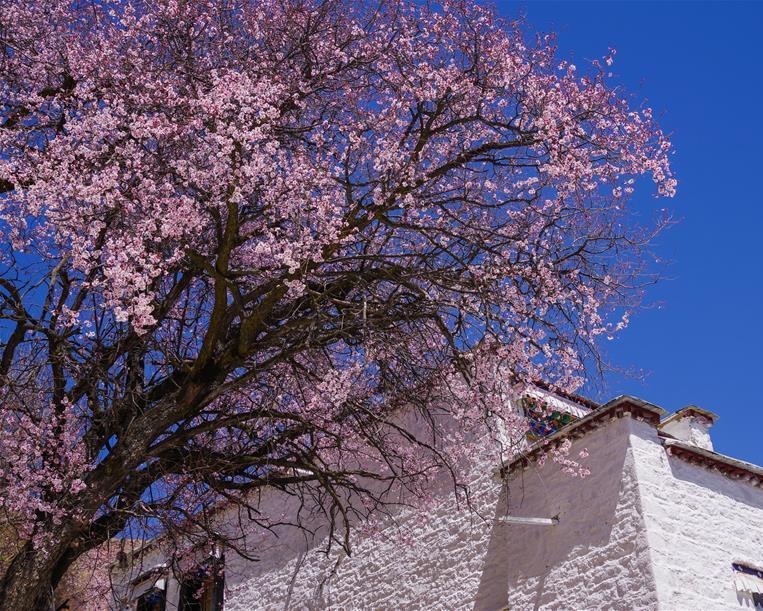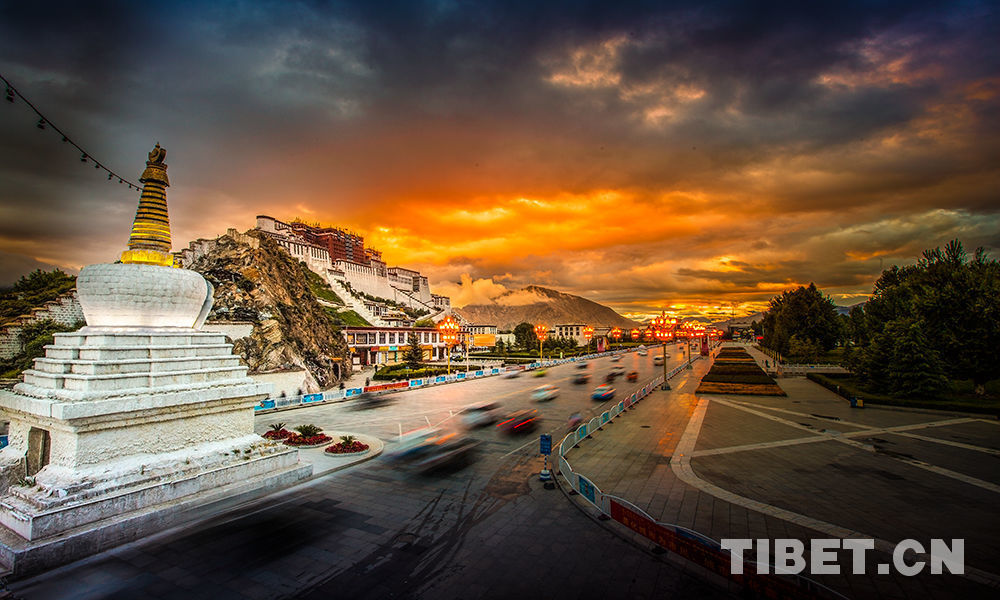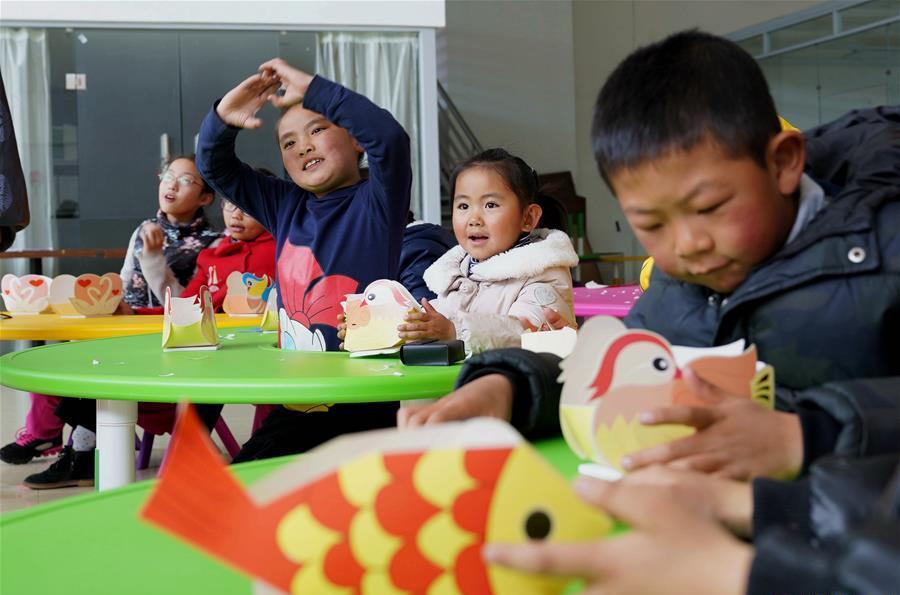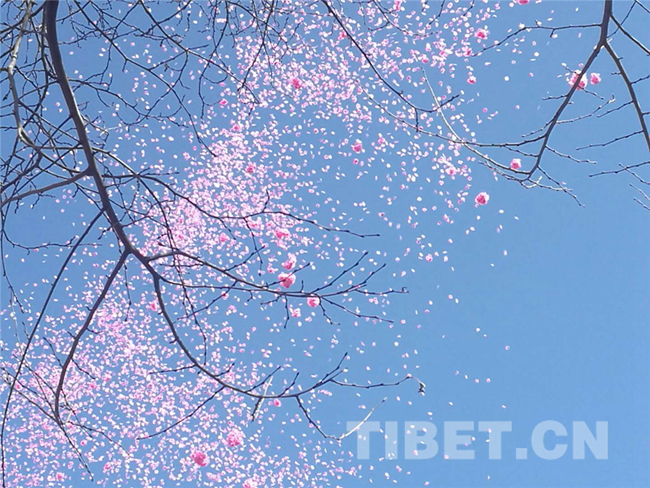Introduction of Khentse Thangka School
The Khentse School of thangka painting, founded by Khentse Chemo, was popular in the mid and late15th century in the Lhoka and Shigatse regions of Tibet.
Born in Lhoka, Khentse Chemo was fond of art since childhood. He later learned artistic theories and techniques from the most famous master of the time, Dopa Tashi, and became well versed in painting techniques of Tibetan, Han Chinese, Indian, Nepalese, and other styles. His Khentse School adopted painting styles that were popular in the Shigatse region during the 14th and 15th centuries and continued to innovate. It is the emergence of his Khentse School and the Miantang School that replaced the previously popular Nepalese painting style.
From 1464 to 1476, Khentse Chemo participated in painting the murals and statues inside Gonggar Qoide Monastery, serving as the project leader. Thereafter, murals and statues in numerous monasteries across Tibet, especially in Lhoka, were painted by Khentse Chemo, of which the most famous are the murals and statues in the Daoguo Hall and the murals in the Lazhang Protector Deity Hall at Gonggar Qoide Monastery.
Paintings of Khentse School are very rare today; the murals at Gonggar Qoide Monastery are the most important models still in existence. In the composition of the paintings, the Lord Buddhais larger, which is a feature from the Nepalese painting style, but the scenery and clothing have absorbed features of Han painting styles. In addition, the Khentse School is adept at portraying various aspects of life in a more realistic way, which makes the painting very dynamic. The human characters are painted with slender bodies and graceful hands and feet.
In 2006, the Khentse School of painting was included in the Tibet Autonomous Region and national intangible cultural heritage lists.
Your Comment
Name E-mail






